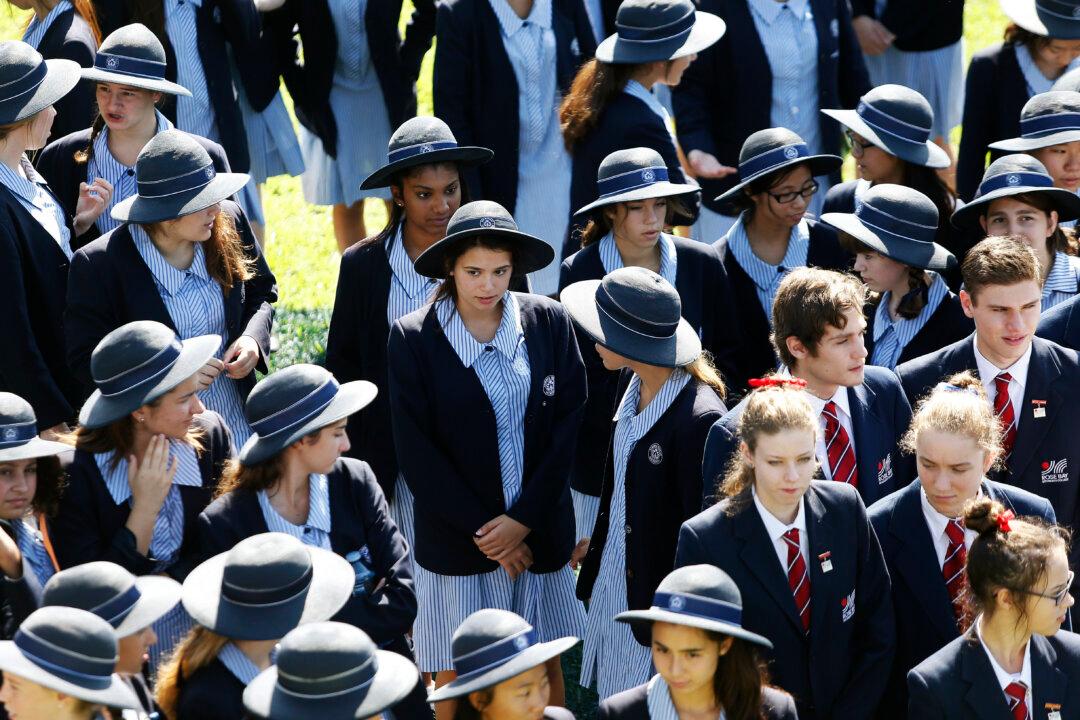Australia’s Labor government has set the ambitious goal of becoming the first in the world to eliminate cervical cancer by 2028, seven years ahead of schedule, by intensifying the rollout of the vaccine for human papillomavirus, or HPV, and cervical screening rates.
Medical professionals regard HPV as a sexually transmitted infection that can cause genital warts, cellular changes, and cancer.





